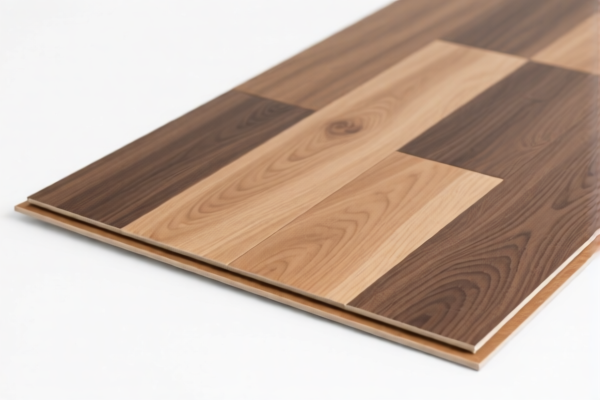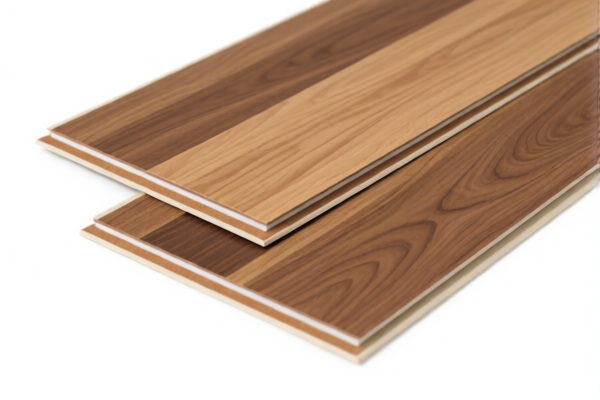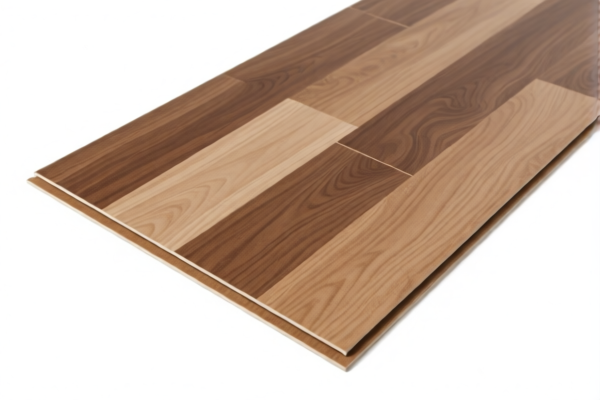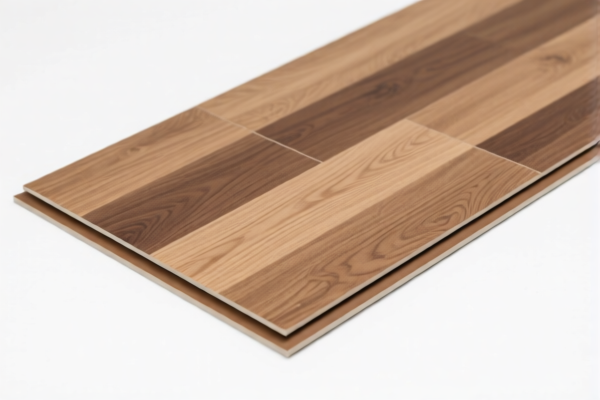| HS Code | Official Doc | Tariff Rate | Origin | Destination | Effective Date |
|---|---|---|---|---|---|
| 3921125000 | Doc | 61.5% | CN | US | 2025-05-12 |
| 4411139010 | Doc | 58.9% | CN | US | 2025-05-12 |
| 4418999195 | Doc | 58.2% | CN | US | 2025-05-12 |
| 4409219000 | Doc | 55.0% | CN | US | 2025-05-12 |
| 4418739000 | Doc | 58.2% | CN | US | 2025-05-12 |




Here is the classification and tariff information for PVC skirting and other related products, based on the provided HS codes and tax details:
✅ PVC Skirting (Plastic Material)
HS CODE: 3921125000
Summary:
- Classified under HS Code 3921125000, which covers plastic sheets, plates, films, foils, and strips made of polyvinyl chloride (PVC) polymer.
- This is the most accurate classification for PVC skirting.
📌 Tariff Information:
- Base Tariff Rate: 6.5%
- Additional Tariff (General): 25.0%
- Special Tariff after April 11, 2025: 30.0%
- Total Tax Rate: 61.5%
⚠️ Important Notes:
- Verify the material composition to ensure it is indeed PVC-based and not mixed with other materials.
- Check if any certifications (e.g., environmental, safety) are required for import.
- Be aware of the April 11, 2025 tariff increase, which will raise the total tax rate by 5 percentage points.
🪵 Wooden Skirting (Solid Wood or Wood Fiber Board)
HS CODE: 4411139010
Summary:
- Classified under HS Code 4411139010, which covers wooden or wood fiber board products.
- Applicable for solid wood or engineered wood skirting.
📌 Tariff Information:
- Base Tariff Rate: 3.9%
- Additional Tariff (General): 25.0%
- Special Tariff after April 11, 2025: 30.0%
- Total Tax Rate: 58.9%
⚠️ Important Notes:
- Confirm the type of wood (e.g., hardwood, softwood) as this may affect classification.
- Check for any wood-related regulations (e.g., CITES, FLEGT, or Lacey Act compliance).
- April 11, 2025 tariff increase will apply here as well.
🪵 Wooden Skirting (Wooden Building Components)
HS CODE: 4418999195
Summary:
- Classified under HS Code 4418999195, which covers wooden building components and carpentry products.
- Suitable for wooden skirting used in construction.
📌 Tariff Information:
- Base Tariff Rate: 3.2%
- Additional Tariff (General): 25.0%
- Special Tariff after April 11, 2025: 30.0%
- Total Tax Rate: 58.2%
⚠️ Important Notes:
- Ensure the product is not classified under a more specific code (e.g., 4418.73.90.00).
- Check for any required documentation (e.g., origin certificates, wood origin declarations).
🌿 Bamboo Floor Skirting (Non-coniferous Bamboo, Continuous Molding)
HS CODE: 4409219000
Summary:
- Classified under HS Code 4409219000, which covers non-coniferous bamboo products, continuously molded.
- Applicable for bamboo floor skirting that is processed in a continuous molding method.
📌 Tariff Information:
- Base Tariff Rate: 0.0%
- Additional Tariff (General): 25.0%
- Special Tariff after April 11, 2025: 30.0%
- Total Tax Rate: 55.0%
⚠️ Important Notes:
- Verify that the bamboo is non-coniferous and processed in a continuous molding method.
- Check for any bamboo-specific regulations (e.g., sustainability certifications).
- April 11, 2025 tariff increase will apply here as well.
🌿 Bamboo Floor Skirting (Wooden Building Components)
HS CODE: 4418739000
Summary:
- Classified under HS Code 4418739000, which covers wooden building components and carpentry products, including assembled floor panels.
- Applicable for bamboo floor skirting that is part of a larger wooden construction product.
📌 Tariff Information:
- Base Tariff Rate: 3.2%
- Additional Tariff (General): 25.0%
- Special Tariff after April 11, 2025: 30.0%
- Total Tax Rate: 58.2%
⚠️ Important Notes:
- Ensure the product is not classified under a more specific code (e.g., 4418.73.90.00).
- Check for any required documentation (e.g., origin certificates, wood origin declarations).
📌 Proactive Advice:
- Material Verification: Confirm the exact composition and processing method of your product to ensure correct HS code classification.
- Tariff Changes: Be aware of the April 11, 2025 tariff increase, which will apply to all products listed above.
- Certifications: Check if your product requires any environmental, safety, or origin certifications.
- Customs Declaration: Always provide detailed product descriptions, material breakdowns, and unit prices to avoid classification disputes.
Let me know if you need help with customs documentation templates or HS code verification for specific product samples.
Customer Reviews
No reviews yet.